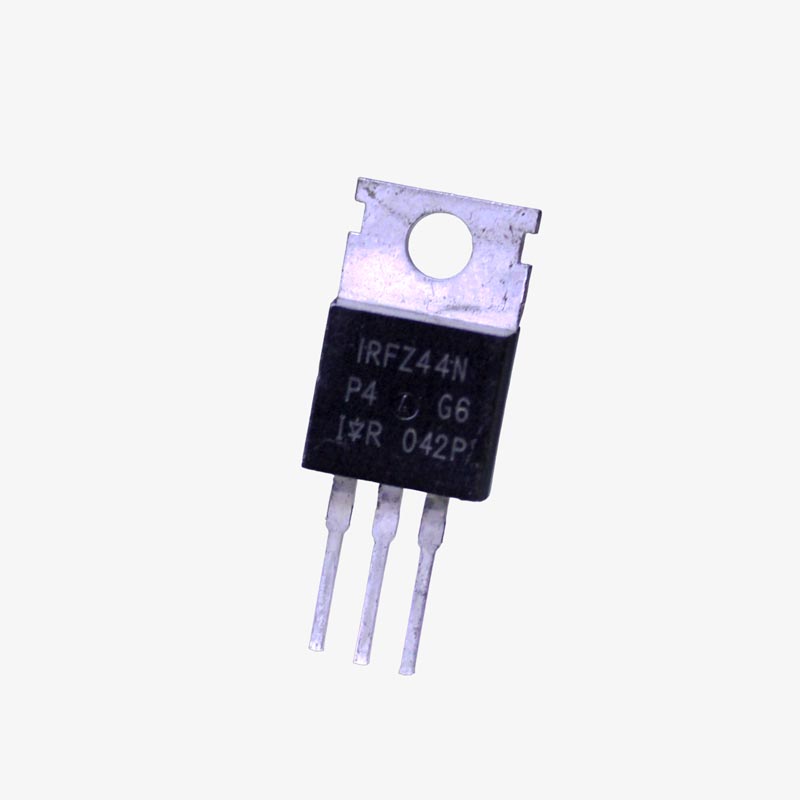MOSFET Basics | Types, Working, Structure, and Applications
MOSFET Basics: Types, Working, Structure, and Applications
Metal-Oxide-Semiconductor Field-Effect Transistors, or MOSFETs, are crucial components in modern electronics. They are widely used in various applications due to their high efficiency, small size, and low power consumption. Let's delve into the basics of MOSFETs.

1. Introduction:
- Definition:A MOSFET is a type of transistor that uses an electric field to control the flow of electrons in a semiconductor device.
- Types:There are two main types of MOSFETs - N-channel (NMOS) and P-channel (PMOS) - based on the type of charge carriers they use (electrons or holes).
2. Basic Structure:
- Gate: The gate is the terminal that controls the flow of current. It is separated from the semiconductor material by a thin insulating layer (oxide), typically made of silicon dioxide.
- Source and Drain:These are the terminals through which current flows. The source is where current enters, and the drain is where it exits.
- Substrate/Body: The semiconductor material between the source and drain terminals.
3. Working Principle:
NMOS Operation:
- When a voltage is applied to the gate, an electric field is created, attracting electrons from the source to the channel region.
- This creates a conductive channel between the source and drain, allowing current to flow.
- The voltage applied to the gate controls the conductivity of the channel, serving as a switch.
PMOS Operation:
- The working is similar to NMOS, but PMOS uses holes as charge carriers.
- Applying a voltage to the gate repels holes, creating a channel for current flow.
4. Types of MOSFETs:
- Enhancement Mode MOSFETs: These require a positive voltage at the gate to turn ON.
- Depletion Mode MOSFETs: These are normally ON and require a negative voltage at the gate to turn OFF.
5. Applications:
- Digital Circuits:MOSFETs are the building blocks of digital integrated circuits like microprocessors and memory devices.
- Amplifiers: MOSFETs are used in audio and radio-frequency amplifiers.
- Switching Devices: They are employed as switches in power electronics due to their fast switching speed.
- Analog Circuits: MOSFETs are crucial in analog applications like voltage amplifiers and filters.
6. Advantages:
- High Efficiency: MOSFETs have high switching speeds and low power consumption.
- Miniaturization: They can be made very small, allowing for the creation of compact electronic devices.
- Low Power Consumption: MOSFETs consume less power compared to other types of transistors.
7. Challenges:
- Sensitivity to Static Electricity: MOSFETs are sensitive to static charges, which can damage the gate oxide.
- Temperature Sensitivity:Their characteristics can be affected by temperature variations.
In conclusion, MOSFETs play a crucial role in modern electronics, serving as fundamental components in a variety of applications due to their efficiency, speed, and versatility. Advances in MOSFET technology continue to drive innovations in the electronics industry.
Comments
Post a Comment